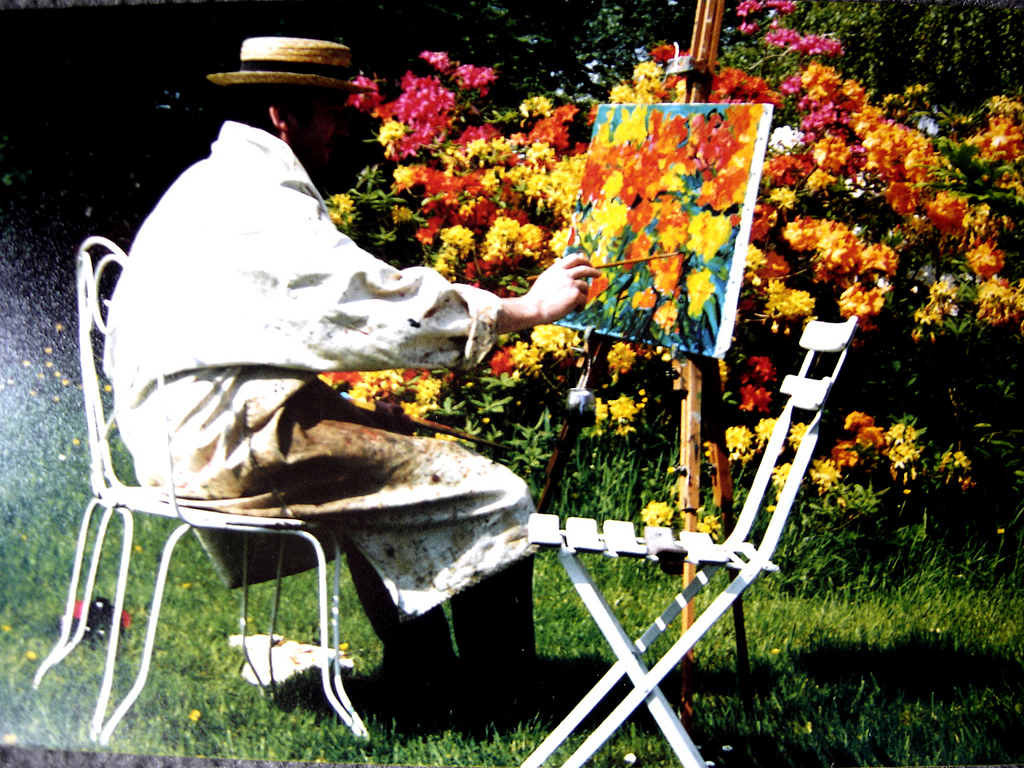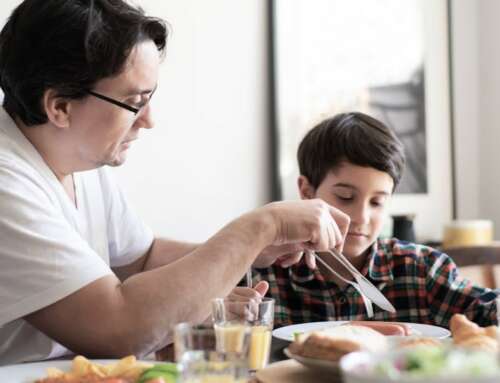A new study suggests that small acts of creativity in everyday life increase our overall sense of well-being.
Many people consider creativity the realm of the tortured soul. Think of Sylvia Plath, Kurt Cobain, or Vincent Van Gogh. Though there is no doubt that Plath, Cobain, and Van Gogh created works of great art, science suggests that they may be more the exception than the rule.
In fact, many studies have found that, while suffering mental illness can sometimes coincide with creating enduring art, creativity in general is more associated with positive emotion and wellbeing. For example, researchers have found that people report being happy and energized when they are engaged in everyday creative endeavors, and that being in a positive mood goes hand in hand with creative thinking.
But while these studies and others suggest a link between positive emotion and everyday creativity, it’s still unclear which one causes the other (or if they exist in a kind of virtuous circle).
Now, a newly published study aims to set the record straight.
Tamlin Conner, a researcher at the University of Otago in New Zealand, and two American researchers analyzed surveys from over 650 young adults who had filled out daily online diaries for 13 days. Among other things, the questions asked how much time they’d spent in creative endeavors each day, and about their wellbeing: their levels of positive emotion, negative emotion, and what the researchers called “flourishing”- an overall sense of meaning, purpose, engagement, and social connection in their lives.
To tease out what causes what, the researchers compared measures of creativity on one day to measures of wellbeing on the next day, and vice versa.
The Lasting Effects of a Creative Burst of Energy
Results showed that people who were engaged in more creative activities than usual on one day reported increased positive emotion and flourishing the next day, while negative emotions didn’t change. However, the reverse effect did not seem to occur: People who experienced higher positive emotions on day one weren’t more involved in creative activities on day two, suggesting that everyday creativity leads to more wellbeing rather than the other way around.
These results surprised Conner, who didn’t think the findings would be so definitive.
“Research often yields complex, murky, or weak findings,” she says. “But these patterns were strong and straightforward: Doing creative things today predicts improvements in wellbeing tomorrow. Full stop.”
– Jill Suttie
Read More: Doing Something Creative Can Boost Your Well-being
Photo Source: Flickr Images








Leave A Comment